Louis XV astronomical clock is being restored
This year, the astronomical clock offered to Louis XV on January 15th 1754 will undergo an exceptional and historical restoration. Designed by mathematician Claude-Siméon Passemant, this artistic and technical monument of the French heritage should work until… the year of 9999!
A major restoration by the patronage of Rolex France
Hans Wilsdorf’s passion for arts and culture
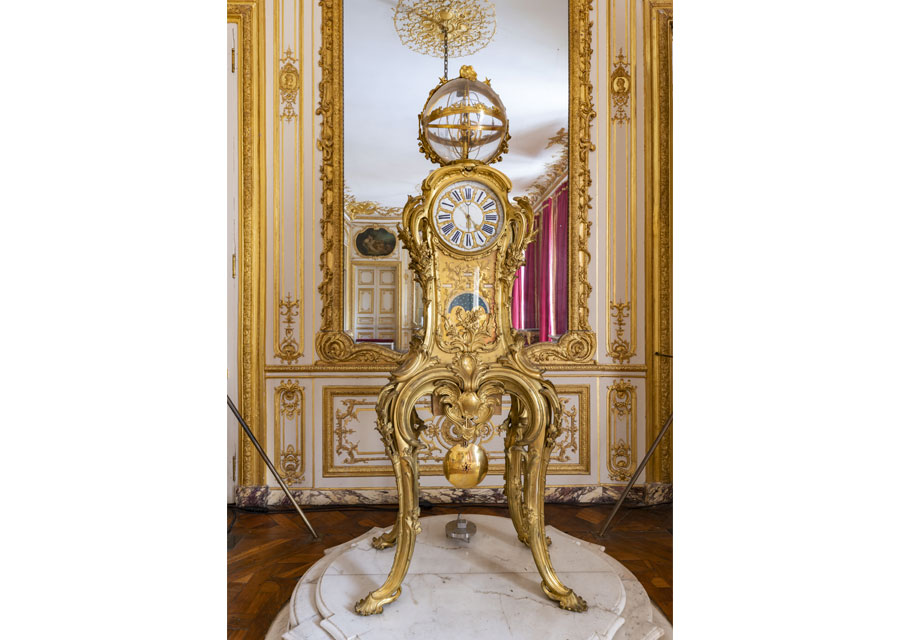
Rolex’s founder Hans Wilsdorf has passed on his passion for arts and culture, and an active patronage action still caries that passion today. As proof, the brand’s French subsidiary company is helping the Château de Versailles to restore Louis XV astronomical clock. An action that will certainly be a success.
The result will be presented at the opening of the Louis XV exhibition that will mark the three-hundredth anniversary of his coronation on October 18th 2022.
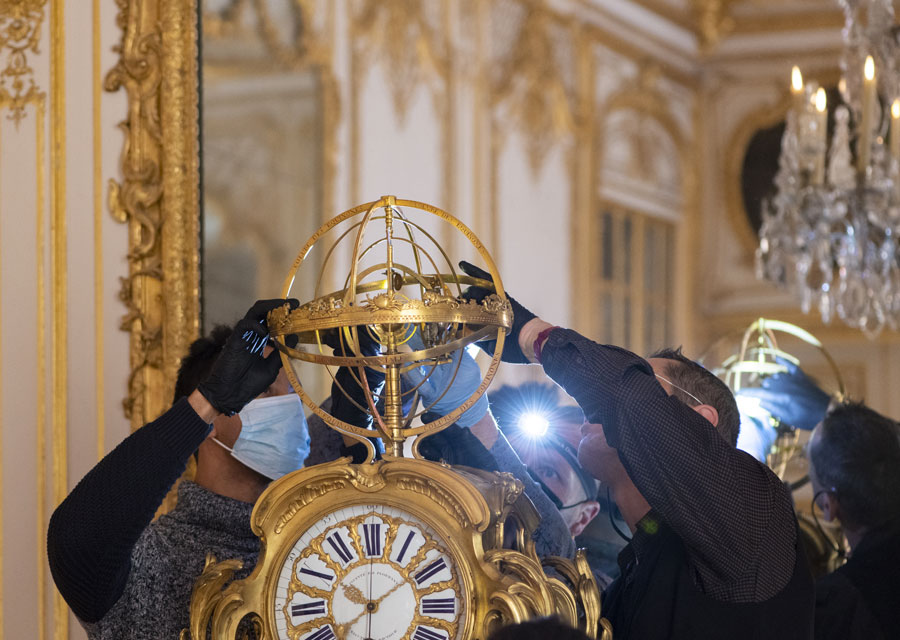
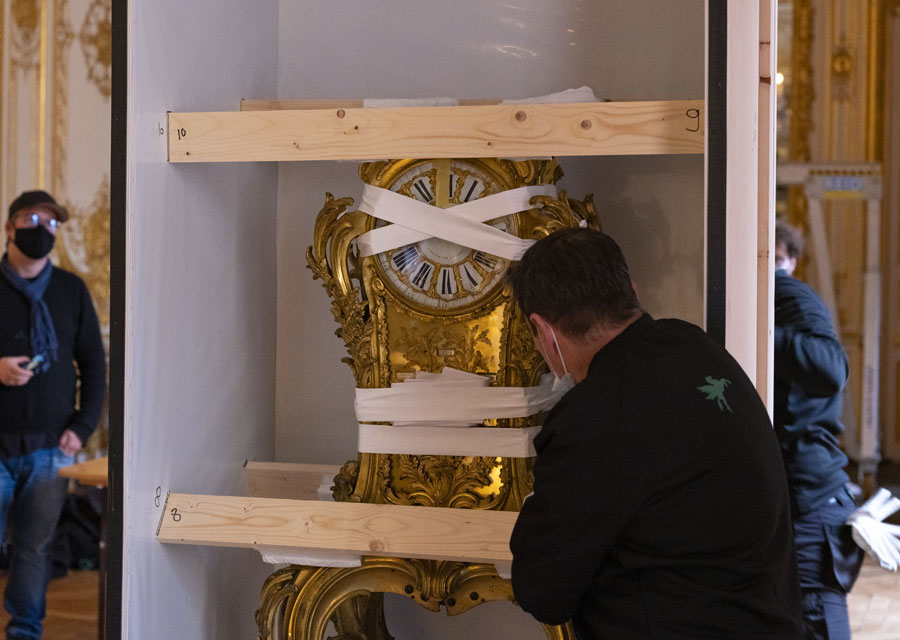
While we wait, specialists at the research and restoration institute of French museums, at the Louvre museum, are taking care of the precious relic. They will first deep clean its mechanism because its motor often stops working. This is a first; no one had ever dissembled it before.
The astronomical clock: a technical feat that took 36 years of rigorous and precise work to make
Passemant and Dauthiau, a talented duo
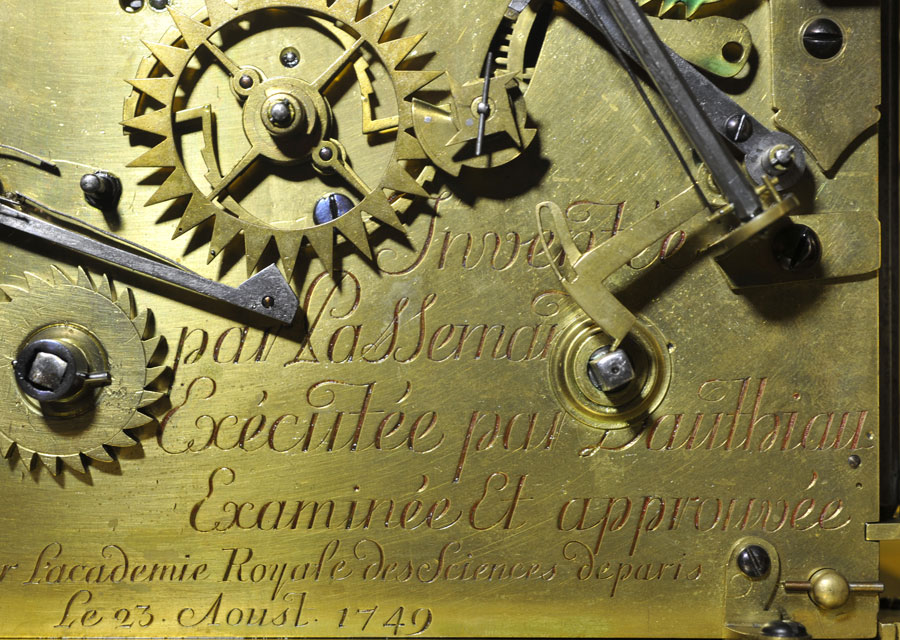
Mathematician Passemant spent twenty years developing astronomical tables and designing the gears of this remarkable piece. Then, watchmaker Louis Dauthiau spent twelve years producing it. It took four more years for Jacques Caffieri to complete the “rococo” styled bronze cabinet. After that, the French Academy of Sciences approved the clock. It then took thirty-six years to complete this meticulous and technical feat. It is hard to believe it was so long, but the result is just before our eyes, three hundred years later.
A very complex mechanism
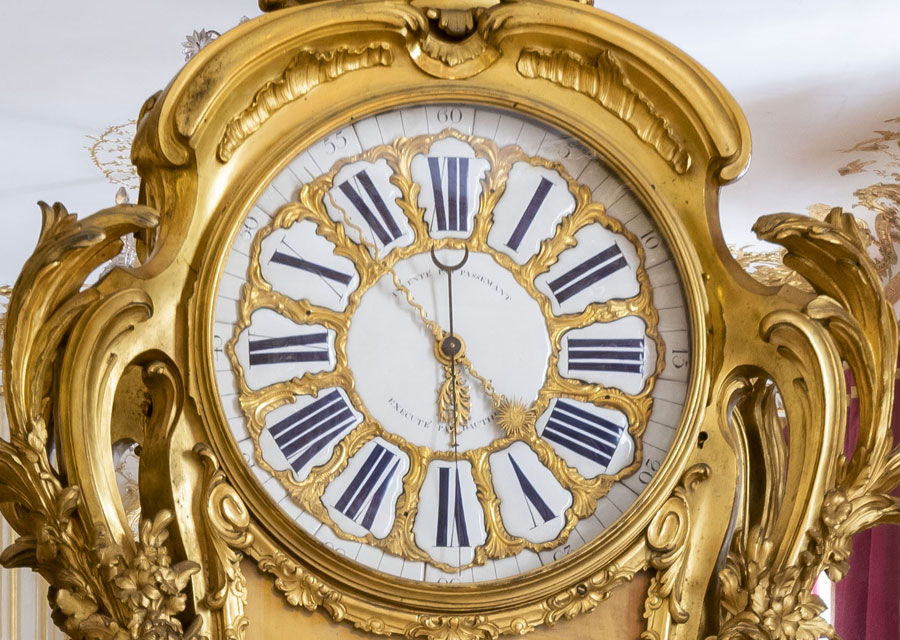
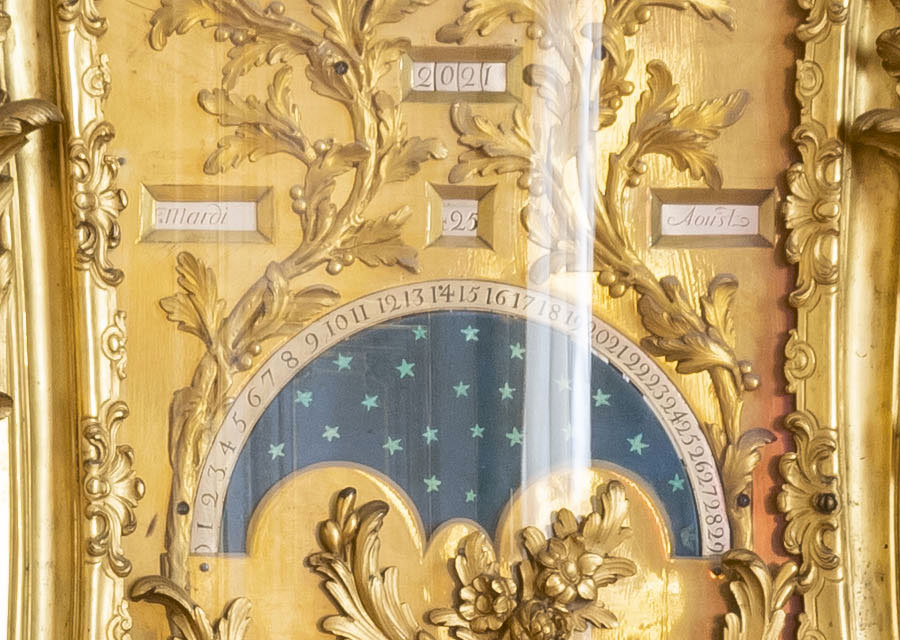
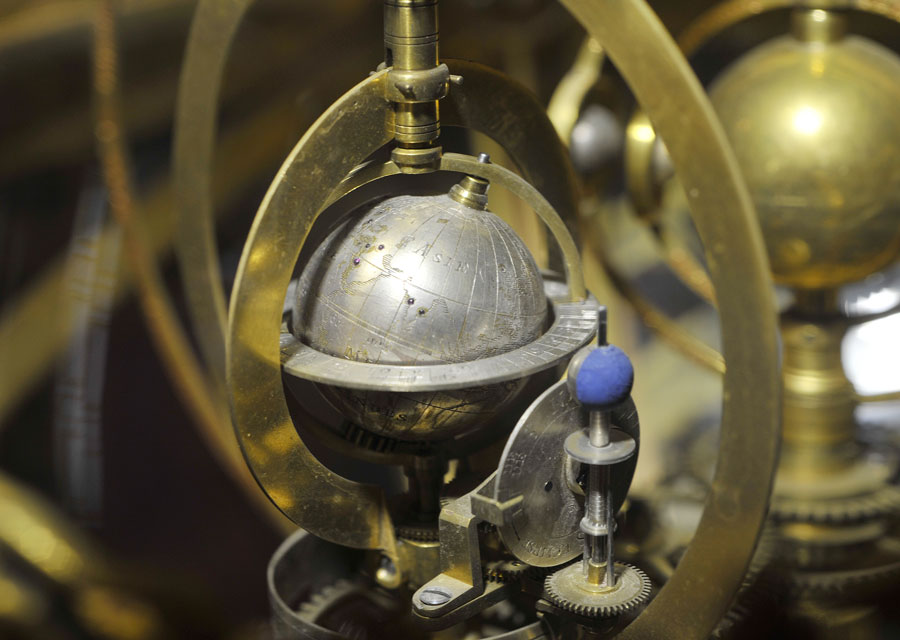
A unique arbor connects the world map, the clock, the calendar, the pendulum, and the mechanisms. It displays: the sky with the zodiac signs, the planetary movements around the sun (according to Copernic), the hours, the date, the month, the year, the moonphase and the leap years. Ultimate detail: a silver cover appears during an eclipse and indicates if it’s a total or partial one.
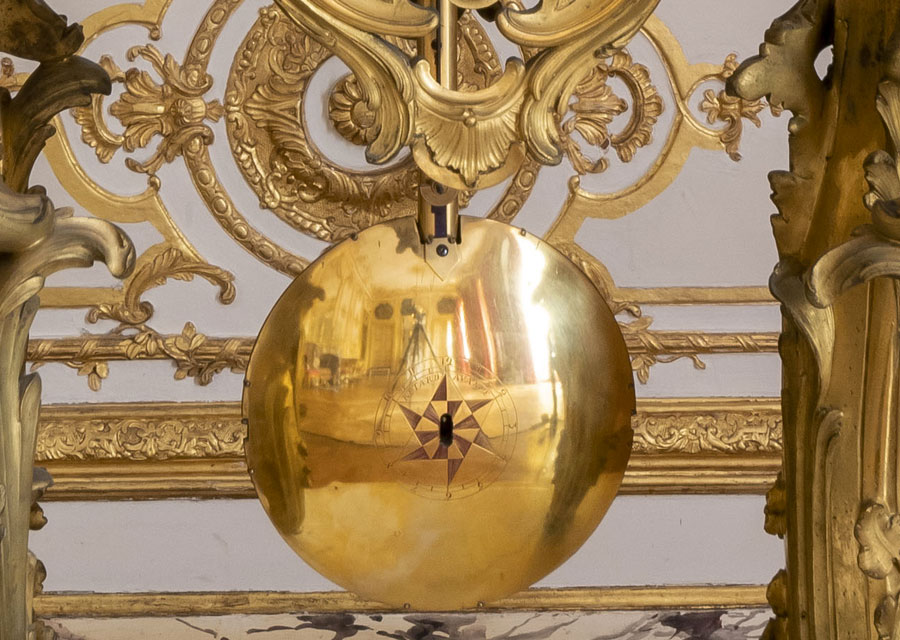
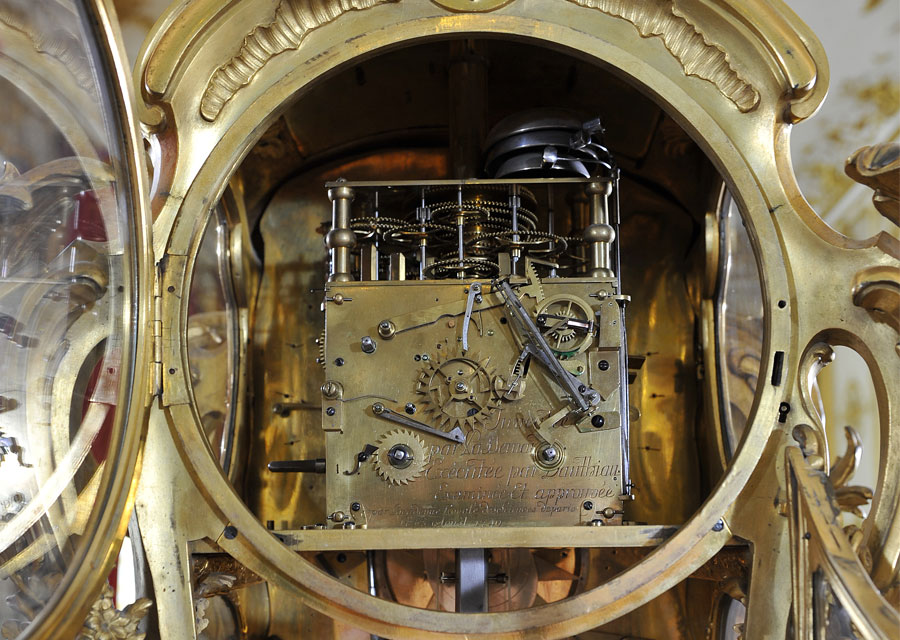
On January 15th1754, Louis XV got the clock. They installed in the Chamber of the King’s Small Apartment, which became known as the clock room. Legends holds that they placed white marble under the clock to isolate it, because it had suffered from the Lisbon earthquake of 1755. We will never know for sure. If only we would travel back in time…
RESEARCH AND RESTORATION CENTRE OF FRENCH MUSEUMS WEBSITE
Read also: